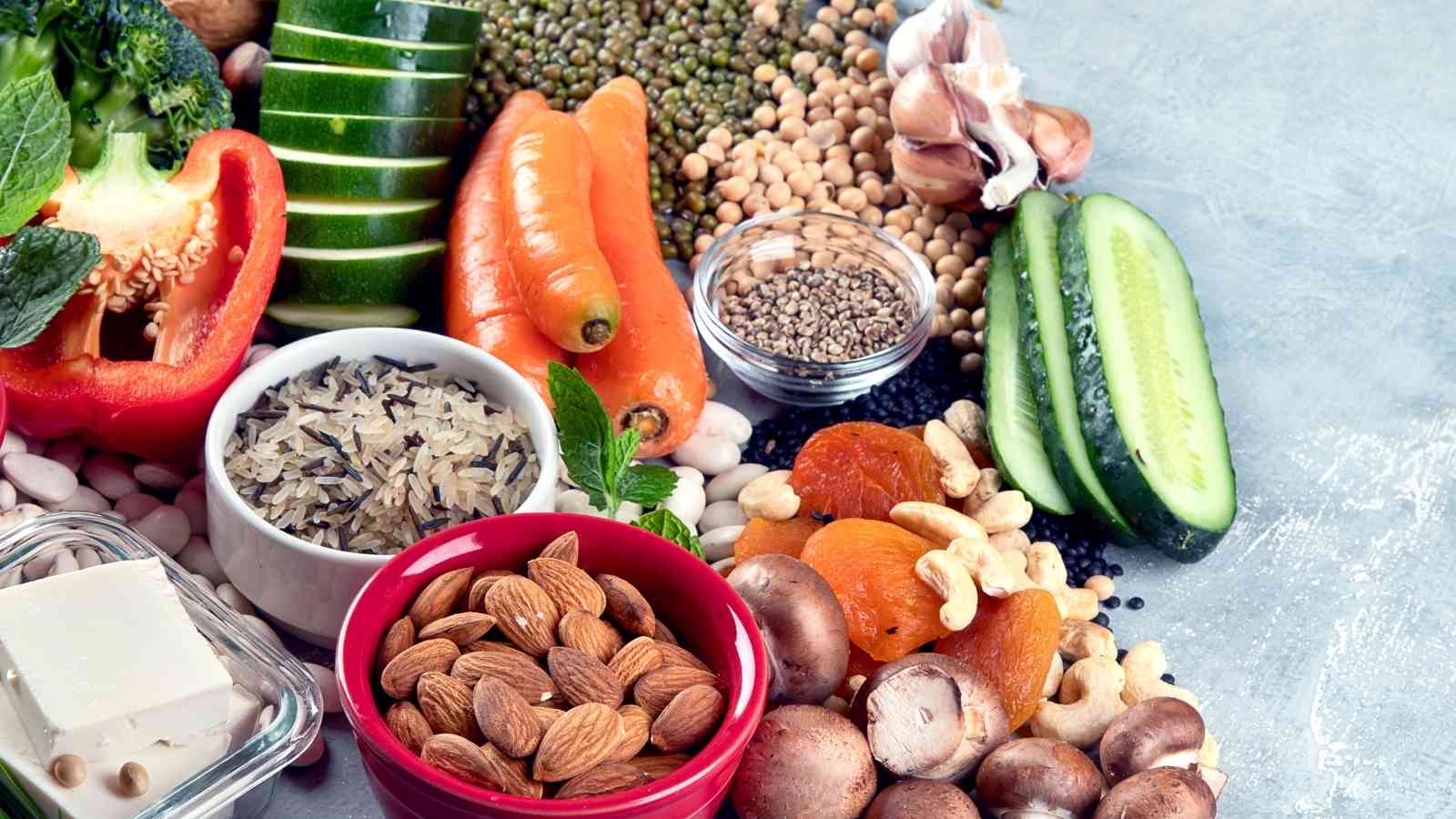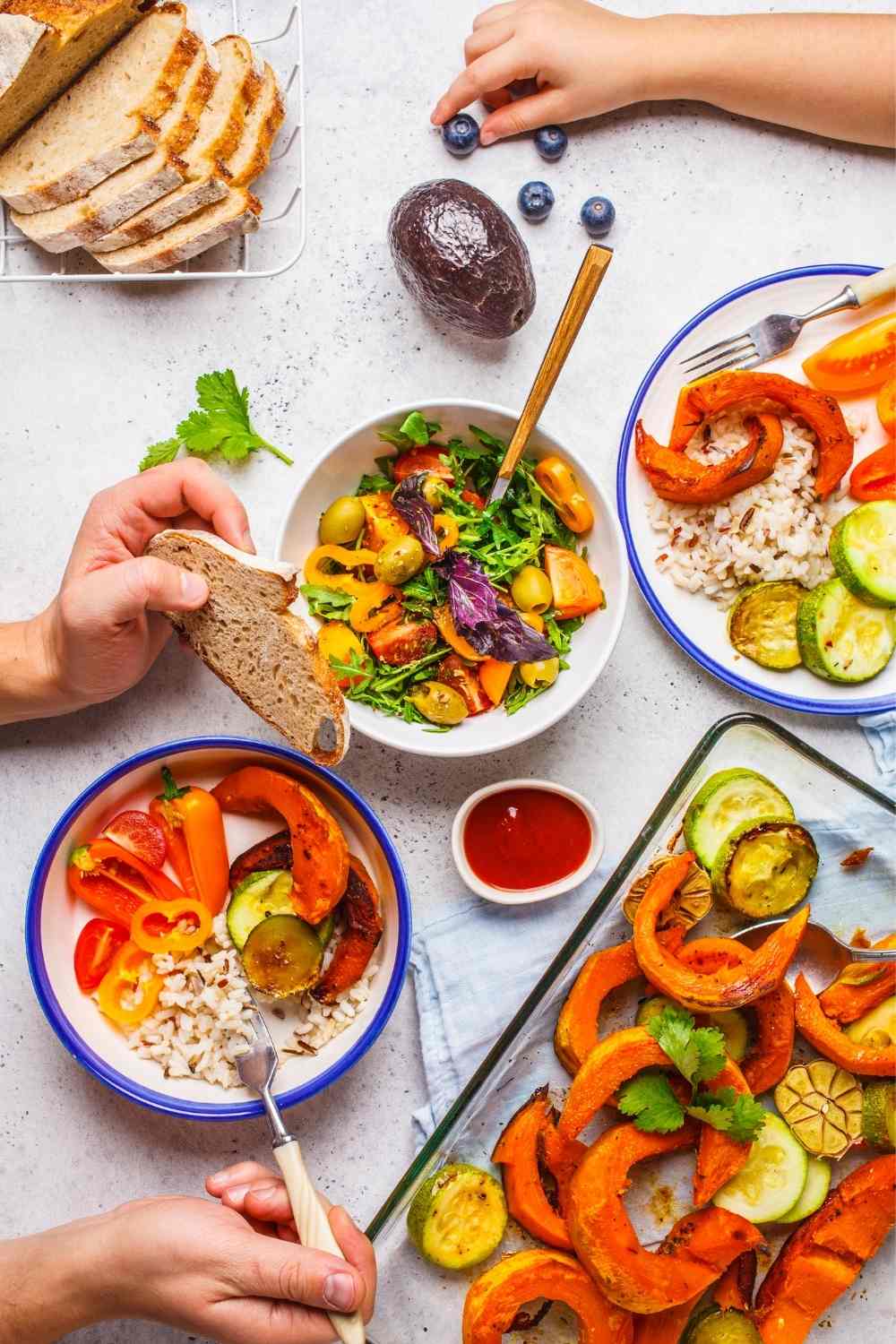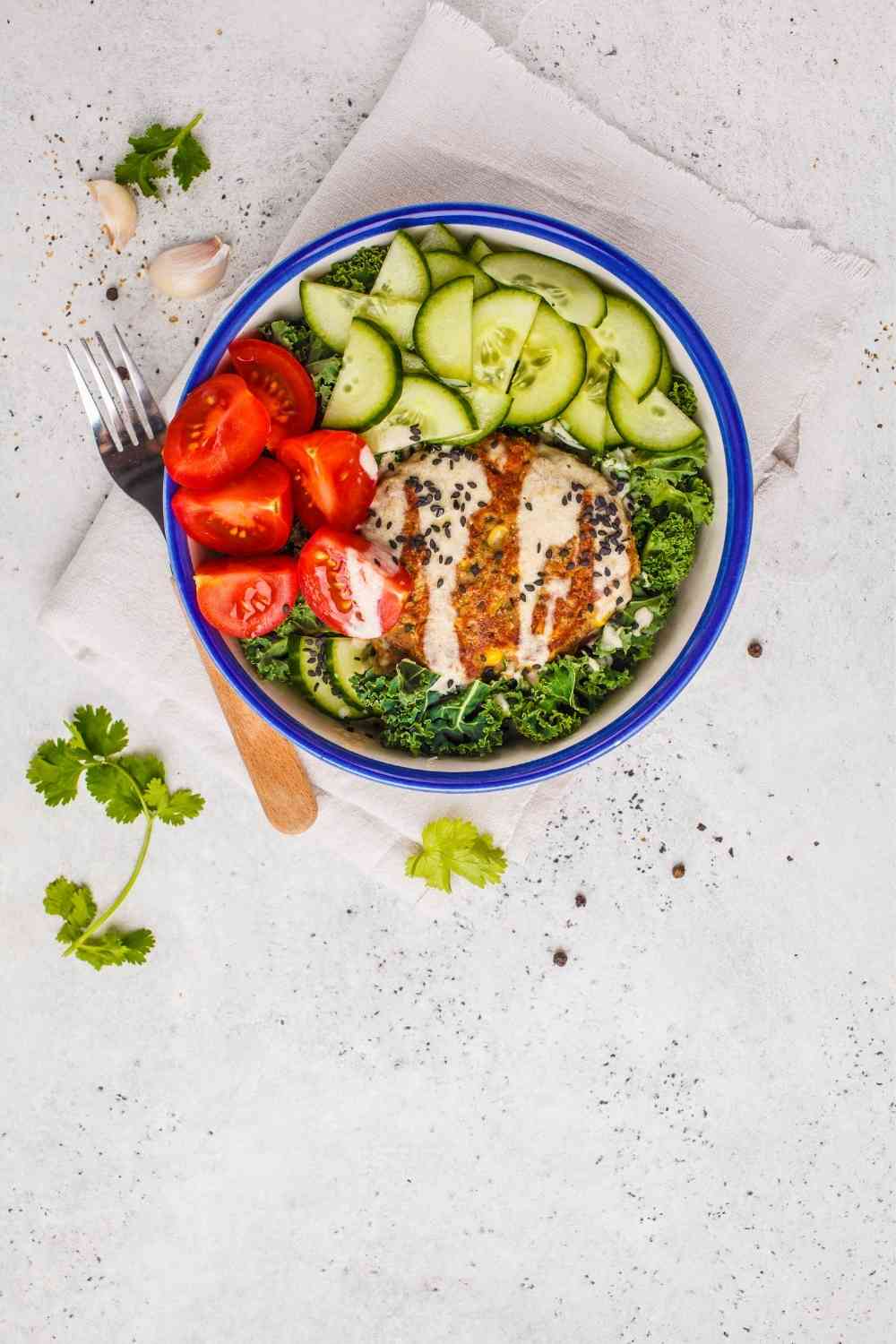If you've been following us for a while, you've probably noticed that we often utilize the phrase "plant-forward." Although plant-forward is less well-known than plant-based, we like it since it encompasses a wider range of dietary choices. We'll look at the what, why, and how of a plant-based diet in this post. Continue reading to the end for useful resources, additional articles, and delectable plant-forward recipes to aid you in your journey to plant-forward health!

What does it mean to be Plant-Forward?
Veganism or vegetarianism is not synonymous with a plant-forward diet.
Plant-forward isn't the same as plant-based, since most individuals who eat a completely plant-based diet don't eat any animal products. Plant-based eating habits may, in fact, be rather harmful if not properly planned.
A plant-forward diet is the most comparable to flexitarian eating habits in terms of dietary patterns, but that doesn't tell the entire story.
Plant-forward cooking and eating is a "big tent" approach to cooking and eating that encourages people to eat more plants. The majority of animal-based meals are high in protein, vitamins, and minerals, and some even include healthy fats.
Most individuals, on the other hand, eat much too much of these things, piling their plates high with meat and cheese rather than colorful vegetables! Plant-forward diets try to redress the balance by emphasizing vegetables in the majority of your meals.
This isn't to imply you have to skip on tacos, fish, or pork sliders. Include these meals if you like them. Start your dinner with a green salad, then add roasted or fresh vegetables, healthy grains, legumes, and/or fresh fruit to the main course for a plant-forward plate.
Although the majority of people are unwilling to become vegan or vegetarian, a surprising number of individuals are aiming to cut their meat consumption, with millennials leading the charge.
These figures provide cause to be positive about the movement's future, particularly when considering all of the health advantages of a plant-based diet!
The Advantages of a Plant-Based Diet
What are the benefits of a plant-based diet? Plant-forward eating is not only good for your health, but it's also good for the environment, saves money, and frequently honors cultural and ethnic customs.

Health Advantages
Fruits, vegetables, whole grains, legumes, nuts, seeds, and healthy oils are abundant in plant-based diets. All of these substances are high in nutrients that are beneficial to one's health. People who consume these foods have reduced incidences of cancer, cardiovascular disease, and type 2 diabetes, as well as a lower need on pharmaceuticals.
Furthermore, plant-based diets include substantially more fiber than animal-based diets. Fiber eating supports a healthy immune system, regular bowel movements, mood modulation, cancer risk reduction, decent cholesterol levels, and hunger control.
To understand more about utilizing food as medicine, see this article.
Environmental Advantages
Many traditional animal feeding facilities (also known as CAFOs) devastate natural ecosystems and emit huge amounts of pollutants into local and global environments. Because plant-forward diets aren't vegetarian or vegan, eating a limited quantity of sustainably reared beef, poultry, or pig may still help to support and promote economic and environmental health.
Plants also need a lot less water and resources to grow, produce, and distribute their products. Because these meals are cultivated in a manner that promotes cleaner air and enhanced soil health, regeneratively-grown plant foods may also benefit environmental health. Locally produced items are even better for the environment since they don't need as much fossil fuel to travel across the nation or across the globe.
When feasible, pick local and regeneratively produced foods if they are accessible and within your budget. If these items are out of your price range, there are still plenty of advantages to eating plant-based meals!
Financial Advantages
Plant-based diets are often less costly than animal-based diets. Plant foods are less expensive than animal meals since they are unprocessed and entire. When following a plant-based diet on a budget, canned or dried beans, whole grains, fresh, frozen, or dried fruits, and fresh or frozen vegetables are some of the most economical items to buy.
When shopping for meat, poultry, fish, or dairy, seek better quality foods at a somewhat greater price. Consuming smaller quantities of these goods less often will cost you the same as, if not less than, what you would spend if you purchased them more regularly!
Benefits to Society
Plant-forward cuisine are ethnically varied and culturally suitable. Grains, beans/legumes, fruits, vegetables, nuts, and seeds are all elements that help to feed and nourish people all over the world.
Bean tacos, hummus and pita, injera and fasolia, lentil dal, green curry, soba noodles, miso soup, three sisters stew, and minestrone are just a few examples of plant-forward meals from throughout the world. If you haven't eaten one of these meals before, go to a local ethnic restaurant or try a new recipe, and then appreciate the world's different culinary viewpoints!
This year's Global Plant-Forward Culinary Summit was attended by all of the To Taste dietitians, and we heard how chefs and restaurateurs throughout the globe are promoting plant-forward menus in their locations.
Is plant-based eating a recent trend?
Not in the least! For thousands of years, cultures and communities all over the world have practiced plant-forward eating habits that promote health, sustainability, and longevity. The Blue Zones and the Mediterranean Diet are two examples of generational plant-forward eating habits, although plant-forward diets have a long history in most nations.

How to Eat a Plant-Based Diet
By spotlighting plant-forward menu items throughout the world, the Culinary Institute of America, restaurateurs, chefs, and nutritionists are bringing the plant-forward movement to life. Rather of asking people to stop eating meat (good luck being that person at a backyard barbeque! ), plant-forward advocates simply suggest making plants the centerpiece of your meals.
What plants should I consume?
If the word "plant-forward" makes you believe you'll spend the rest of your life eating dull beans, rice, lettuce, and tomatoes, think differently! You'll be able to acquire, prepare, and consume delectable plant-forward meals that will nourish and delight you with only a few items in your tool belt.
Focus on whole grains, beans/legumes, fruits, vegetables, nuts, seeds, and healthy oils in the bulk of your meals for a balanced plant-forward diet. To add nutrition and taste, use tiny amounts of dairy, meat, fish, eggs, and poultry.
If you know one of your meals will be more meat-heavy that day, try to make your other meals as plant-based as possible! While following a plant-based diet, you can still enjoy Texas BBQ!
What about sweets and snacks? Isn't sugar a kind of plant? Potato chips aren't they plant-based? Yes, and yes, but part of the plant-forward movement's philosophy is to encourage people to eat entire, "slow-metabolizing" plant meals. The "slow-metabolizing" part helps plant-forward diet newcomers concentrate on the essential components of a plant-forward diet.




